Understanding Camera Shots, Angles, and Techniques in Cinematography
In the world of filmmaking, understanding camera shots, angles, and techniques is crucial for creating compelling visual narratives. Whether you're an aspiring indie filmmaker or a photography enthusiast, mastering these fundamentals will elevate your storytelling abilities.
Basic Camera Shots
1. Wide Shot (WS) / Establishing Shot
A wide shot sets the stage for your story by:
- Revealing the full scope of the environment (landscapes, cityscapes, interiors)
- Showing spatial relationships between characters and their surroundings
- Establishing time of day through lighting and atmosphere

2. Medium Shot (MS)
| Type | Description | Best Used For |
|---|---|---|
| Medium Long Shot | Knees up | Character movement, casual scenes |
| Medium Shot | Waist up | Dialogue, social interactions |
| Medium Close-Up | Chest up | Emotional conversations, reactions |

3. Close-Up Shot (CU)
Close-ups are powerful storytelling tools that can convey:
- Emotional intensity through facial expressions
- Character psychology through subtle reactions
- Key plot details through focused attention on objects
As Alfred Hitchcock said: "The close-up is the purest form of cinema."
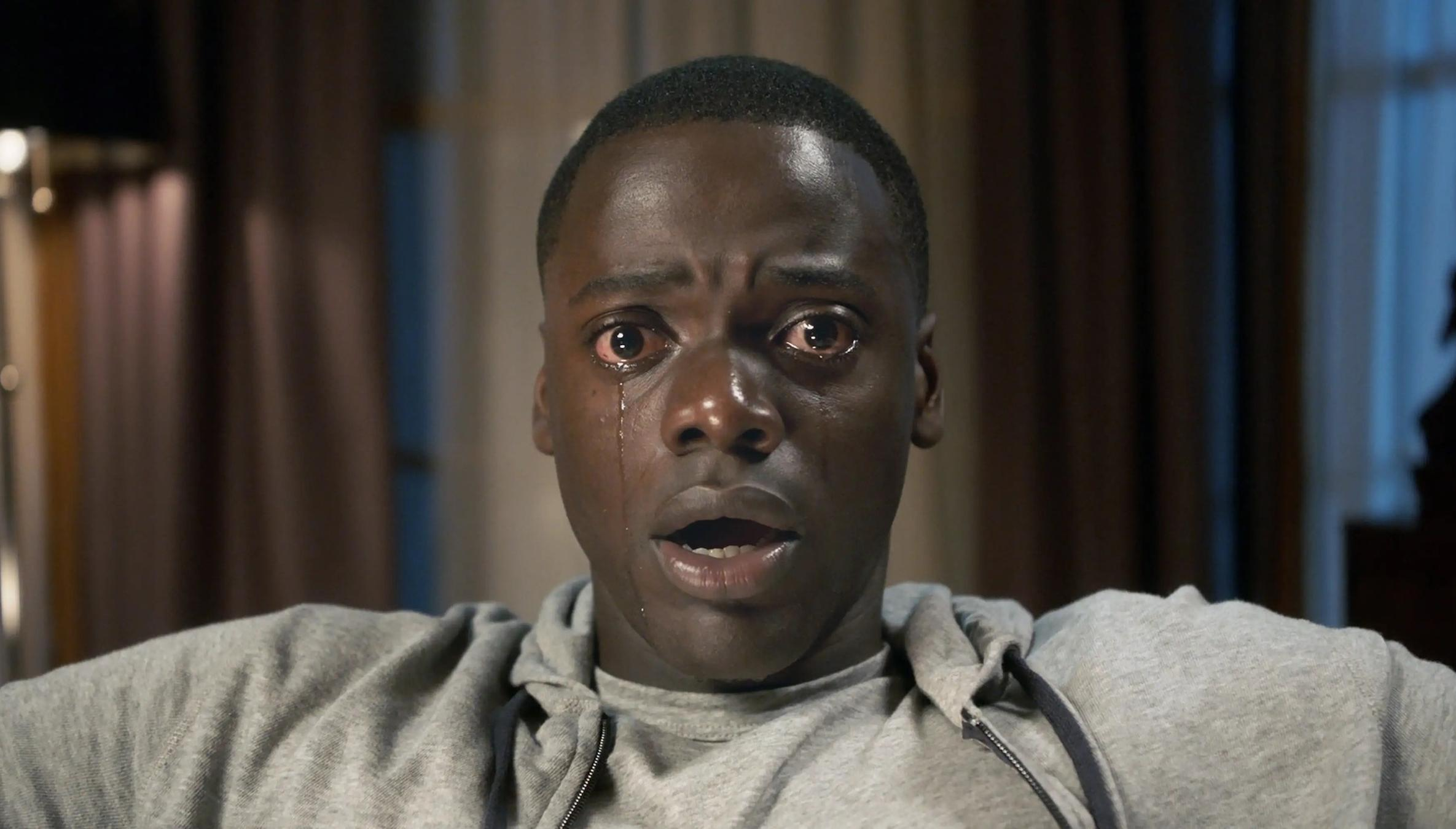
4. Extreme Close-Up (ECU)
Uses of ECU in different genres:
- Horror: Dilating pupils, trembling lips, beads of sweat
- Romance: Teardrops, gentle touches, meaningful glances
- Action: Ticking clocks, triggering mechanisms, eye movements
Technical considerations for ECU:
- Requires precise focus pulling
- Benefits from image stabilization
- Often needs additional lighting due to proximity
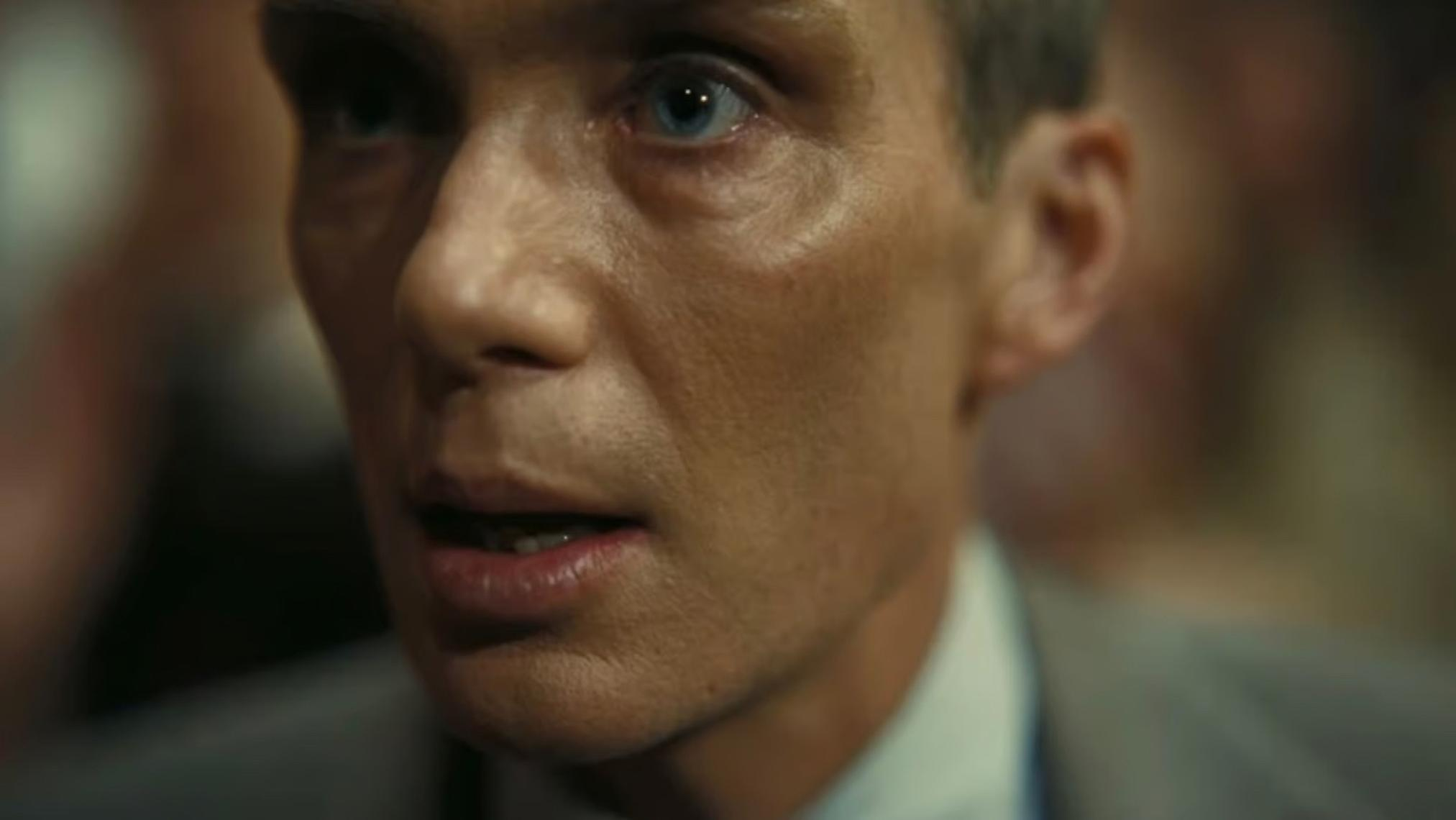
Camera Angles
1. Eye Level
| Description | Effect | Common Uses |
|---|---|---|
| Camera at subject's eye height | Natural, neutral perspective | Dialogue, interviews, casual scenes |
Key considerations for eye-level shots:
- Maintains natural human perspective
- Ideal for establishing trust with audience
- Creates sense of equality between viewer and subject
2. Low Angle
Shooting upward creates dramatic psychological effects:
- Makes subjects appear:
- Physically imposing or threatening
- Psychologically dominant
- Heroic or triumphant
Famous example: Citizen Kane's low-angle shots emphasize Kane's power and authority throughout the film.
3. High Angle
Looking down on subjects can convey:
- Psychological states:
- Vulnerability or helplessness
- Isolation or loneliness
- Diminished power or status
4. Dutch Angle
Also known as "canted angle" or "oblique angle", this technique involves tilting the camera off its horizontal axis.
- Technical aspects:
- Typically tilted 15-45 degrees
- Can be combined with movement for enhanced effect
- Often used in conjunction with wide lenses
Psychological impact:
- Creates immediate sense of:
- Mental instability or confusion
- Dramatic tension or conflict
- Impending danger or chaos
Notable use: The Third Man (1949) extensively employed Dutch angles to create a sense of postwar Vienna's moral decay and uncertainty.
Advanced Camera Techniques
1. Camera Movement Techniques
| Technique | Description | Common Uses | Technical Requirements |
|---|---|---|---|
| Dolly Shot | Smooth horizontal camera movement on tracks | Following conversations, revealing spaces gradually | Track system, dolly grip operator |
| Tracking Shot | Camera follows moving subject | Action sequences, dramatic entrances | Stabilization equipment, skilled operator |
| Crane Shot | Vertical or arcing camera movement | Dramatic reveals, establishing shots | Crane/jib arm, counterweight system |
| Steadicam | Stabilized handheld movement | Dynamic following shots, intimate scenes | Steadicam rig, specialized operator |
2. Advanced B-Roll Techniques
B-roll footage serves as essential supplementary material that enriches your primary narrative. Here's a comprehensive breakdown:
- Primary Functions
- Masking Edits
- Smooths transitions between primary footage
- Covers jump cuts in interviews
- Provides natural pause points
- Atmospheric Enhancement
- Environmental sounds and ambiance
- Time-lapse sequences
- Weather and seasonal elements
- Visual Storytelling
- Character environment details
- Cultural context clues
- Symbolic imagery
- Masking Edits
Remember what Martin Scorsese said: "Cinema is a matter of what's in the frame and what's out." B-roll is often what gives meaning to what's in the frame.
Common B-Roll Mistakes to Avoid:
- Insufficient coverage (always shoot more than you think you need)
- Inconsistent lighting with main footage
- Shaky or unstable footage
- Poor composition or framing
Photography Composition Techniques
1. Rule of Thirds
| Definition | Application | Effect |
|---|---|---|
| Divide frame into 3x3 grid | Place subjects at intersections | Creates visual balance |
| Horizontal lines | Position horizons, eyes, or key elements | Adds compositional strength |
| Vertical lines | Frame buildings, trees, or standing subjects | Enhances visual flow |
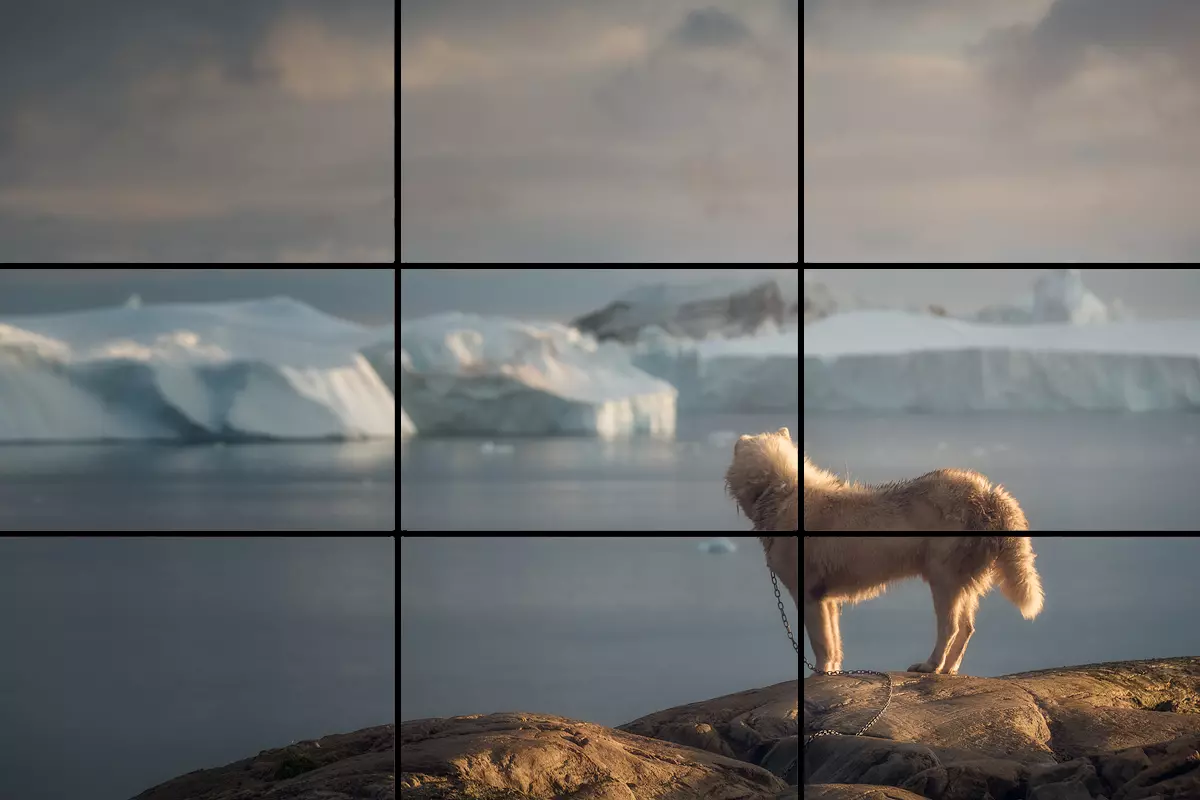
2. Leading Lines
- Natural Elements
- Roads and pathways guide viewers through landscapes
- Architecture features create strong geometric patterns
- Rivers and coastlines offer organic flowing lines
- Technical Applications
- Use wide-angle lenses to emphasize perspective
- Position camera low for dramatic converging lines
- Combine with motion for dynamic tracking shots
"Leading lines are like a visual road map for your audience's eyes." - Roger Deakins
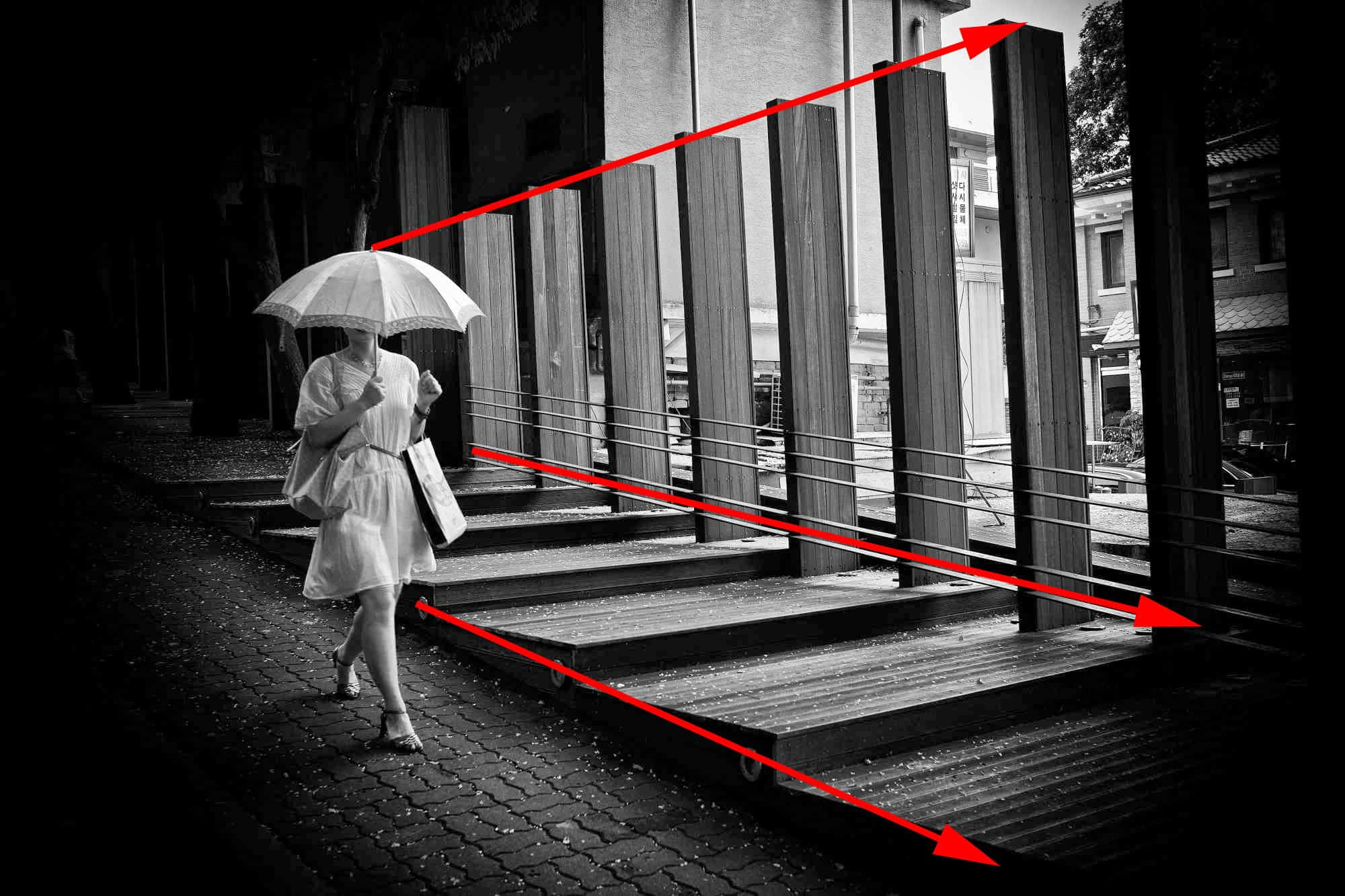
3. Depth of Field
Master this crucial technique through careful control of:
- Aperture Settings
- f/1.4 - f/2.8: Extreme shallow focus for portraits
- f/4 - f/8: Medium depth for general shooting
- f/11 - f/22: Deep focus for landscapes
Common Applications:
| Technique | Best Used For | Camera Settings |
|---|---|---|
| Shallow DoF | Portraits, product shots | Wide aperture, longer focal length |
| Medium DoF | Group shots, street scenes | Mid-range aperture, standard lens |
| Deep DoF | Landscapes, architecture | Small aperture, wide-angle lens |
Advanced Storytelling Techniques
1. Match Cuts
A powerful visual technique that connects scenes through:
| Type | Description | Example |
|---|---|---|
| Visual Match | Similar shapes or compositions | 2001: Space Odyssey - bone transforms into spacecraft |
| Movement Match | Continuous motion across scenes | Lawrence of Arabia - blowing out match cuts to desert sunrise |
| Action Match | Similar actions in different contexts | The Godfather - orange peel smile cuts to death grimace |

2. Parallel Action
- Technical Requirements
- Precise timing of cuts between scenes
- Consistent pacing to maintain tension
- Clear visual distinctions between storylines
"Parallel action is about building rhythm. Each cut should feel inevitable, yet surprising." - Walter Murch
3. Montage
Types of Montage Sequences:
- Passage of Time
- Training sequences (Rocky series)
- Character development arcs
- Relationship evolution
- Thematic Development
- Building tension (Whiplash practice scenes)
- Emotional crescendos
- Parallel storylines converging
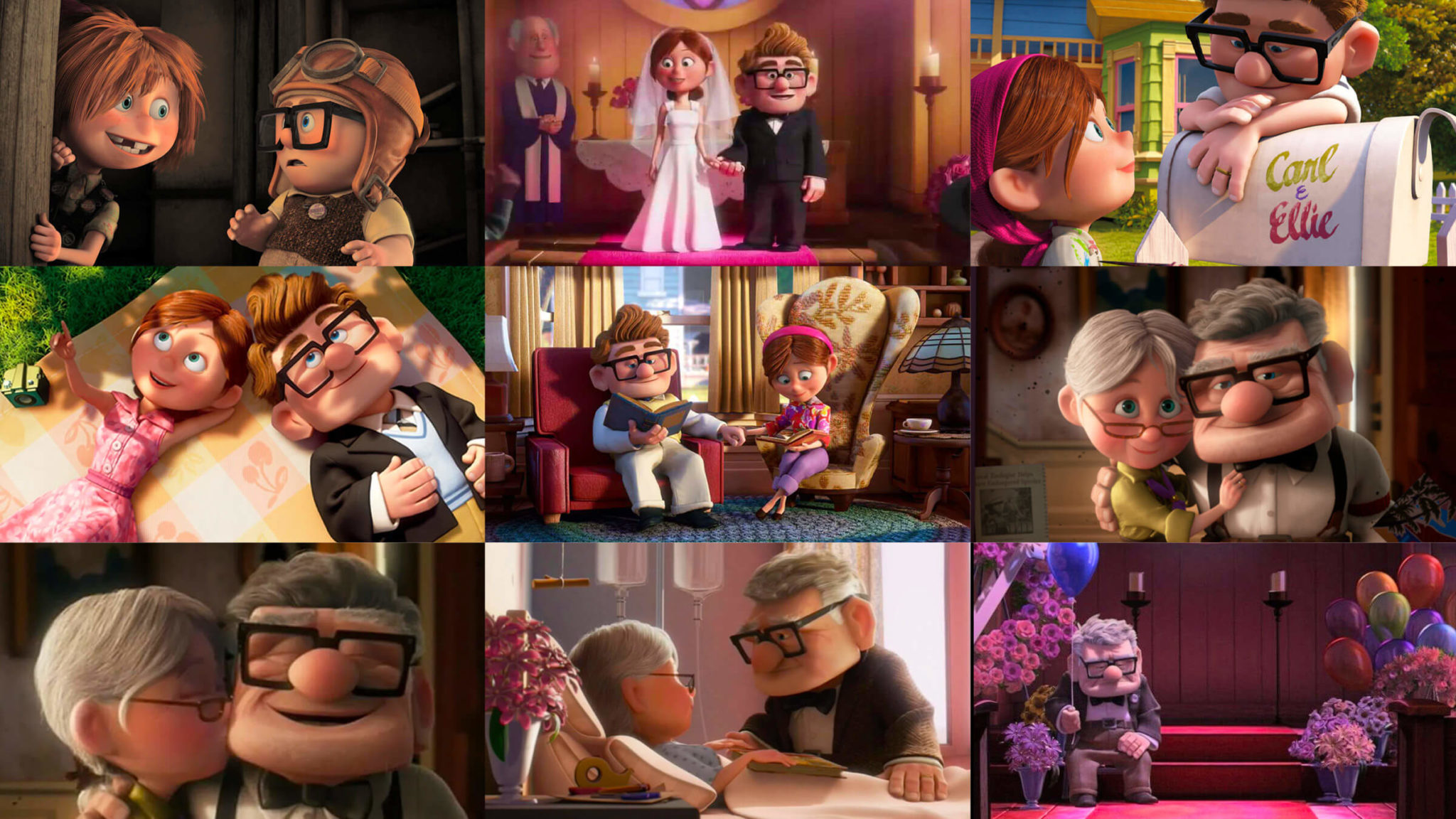
Integration with Film Genres
Different film genres require specific camera techniques to achieve their intended effects:
| Genre | Key Techniques | Notable Examples |
|---|---|---|
| Horror | - Dutch angles (15-45°) |
- Extreme close-ups on faces
- POV tracking shots
- Slow push-ins | The Shining's Steadicam hallway shots The Blair Witch Project's shaky cam Psycho's shower scene | | Action | - Quick cuts (1-3 seconds)
- Drone shots for chase scenes
- Wide establishing shots
- Dynamic Steadicam tracking | John Wick's gun-fu sequences Mad Max: Fury Road's desert chases Mission Impossible's stunt work | | Drama | - Long takes (30+ seconds)
- Medium close-ups for dialogue
- Subtle dolly movements
- Frame-within-frame composition | Manchester by the Sea's static shots Marriage Story's intimate conversations Moonlight's beach scene | | Documentary | - Handheld vérité style
- Natural available lighting
- Wide interview framing
- B-roll coverage | Free Solo's climbing sequences The Act of Killing's reenactments Cinema Verité style of Grey Gardens |
Post-Production Excellence
"Editing is not just about joining scenes. It's about joining specific frames to create ideas." - Edward Dmytryk
- Pacing Considerations
- Action scenes: 1-3 second cuts for intensity
- Dramatic moments: 5-10 second holds for emotion
- Establishing shots: 3-5 seconds for orientation
- Advanced Transitions
- Match cuts for visual continuity
- J and L cuts for smooth audio transitions
- Morphing transitions for dream sequences
- Sound Design Layers
- Ambient background (room tone, weather)
- Foley effects (footsteps, cloth movement)
- Sound effects (impacts, transitions)
- Musical score and leitmotifs
Essential Filmmaker's Toolkit
Master these fundamental elements to elevate your filmmaking:
- Study Classic Films
- Analyze at least one film per week
- Take screenshots of notable compositions
- Create shot lists from favorite scenes
- Document camera movements and transitions
- Lens Expertise
- Wide (16-35mm): Establish environment
- Standard (50mm): Natural perspective
- Telephoto (85mm+): Compression effects
"Every frame must serve the story. If it doesn't, it doesn't belong in the film." - Martin Scorsese
Pre-production Planning Checklist:
- Create detailed storyboards
- Scout locations for lighting conditions
- Test equipment configurations
- Rehearse complex camera moves
- Prepare shot lists with timing
Conclusion
Mastering camera shots, angles, and techniques is an ongoing journey that combines technical knowledge with creative vision. Whether you're creating an indie film or working on a larger production, these fundamentals will help you tell more compelling visual stories.
Remember that while rules and techniques are important to learn, they're ultimately tools to serve your creative vision. Don't be afraid to experiment and break conventions when it serves your story's purpose.